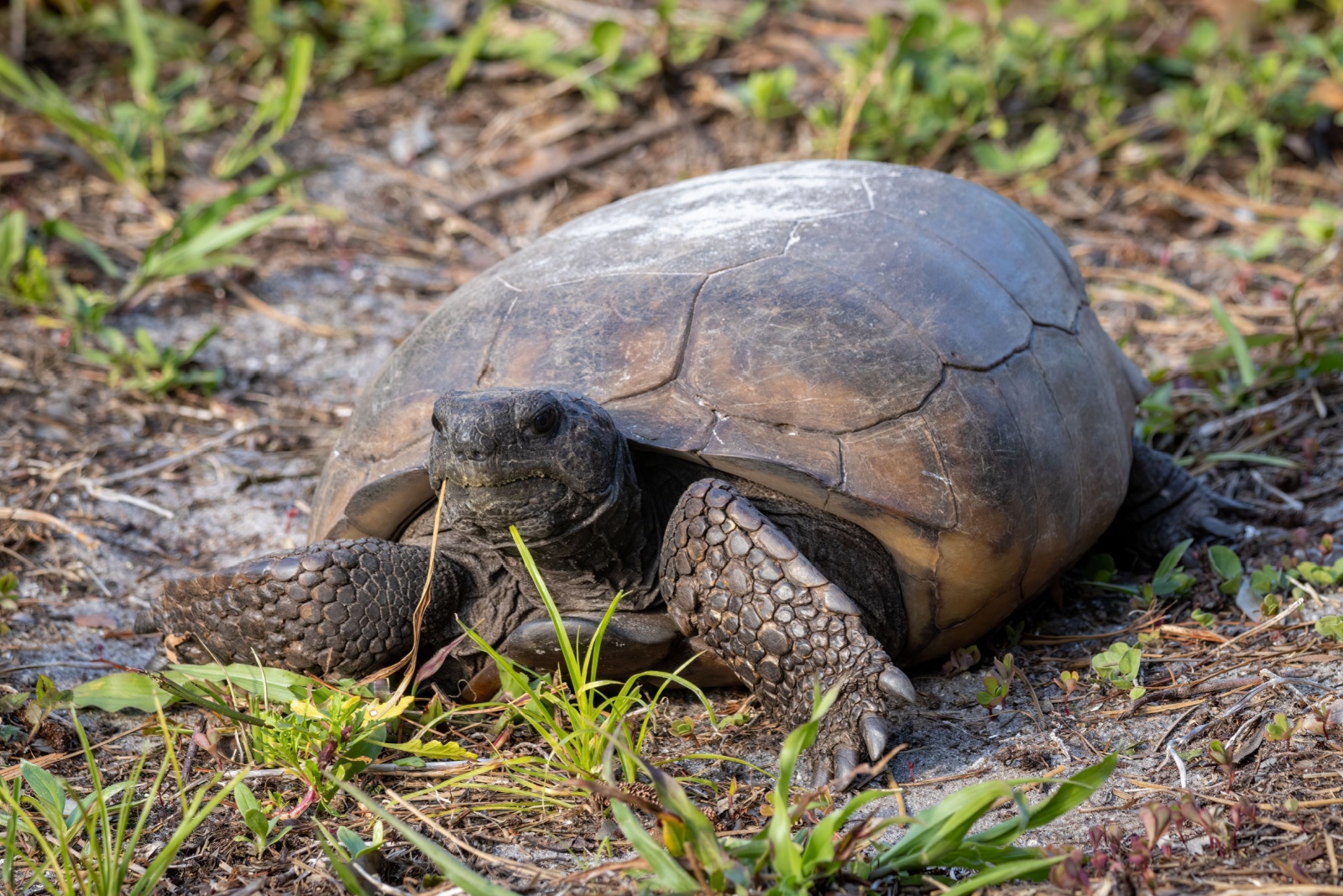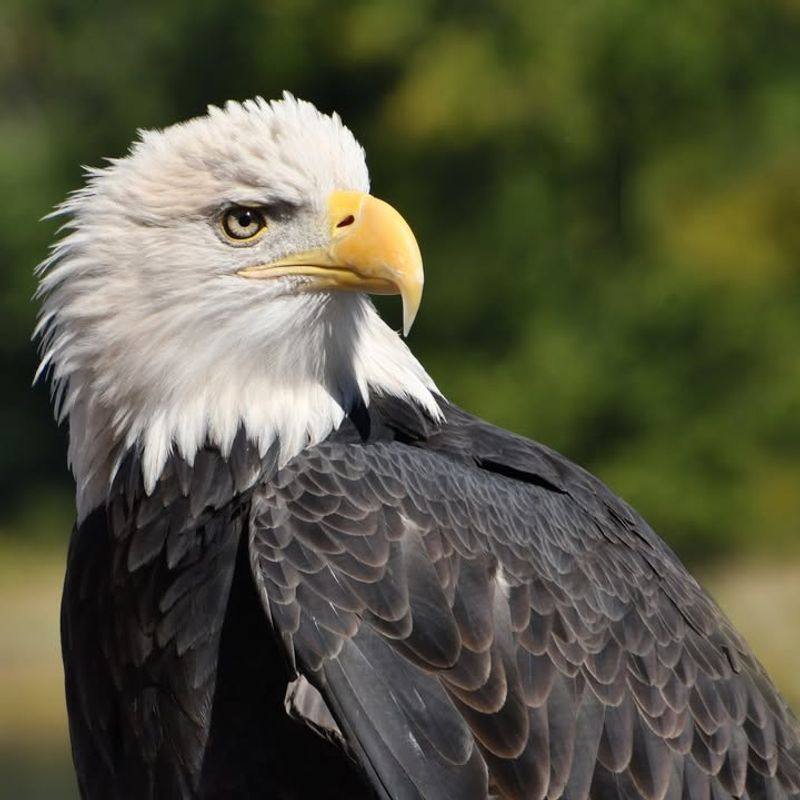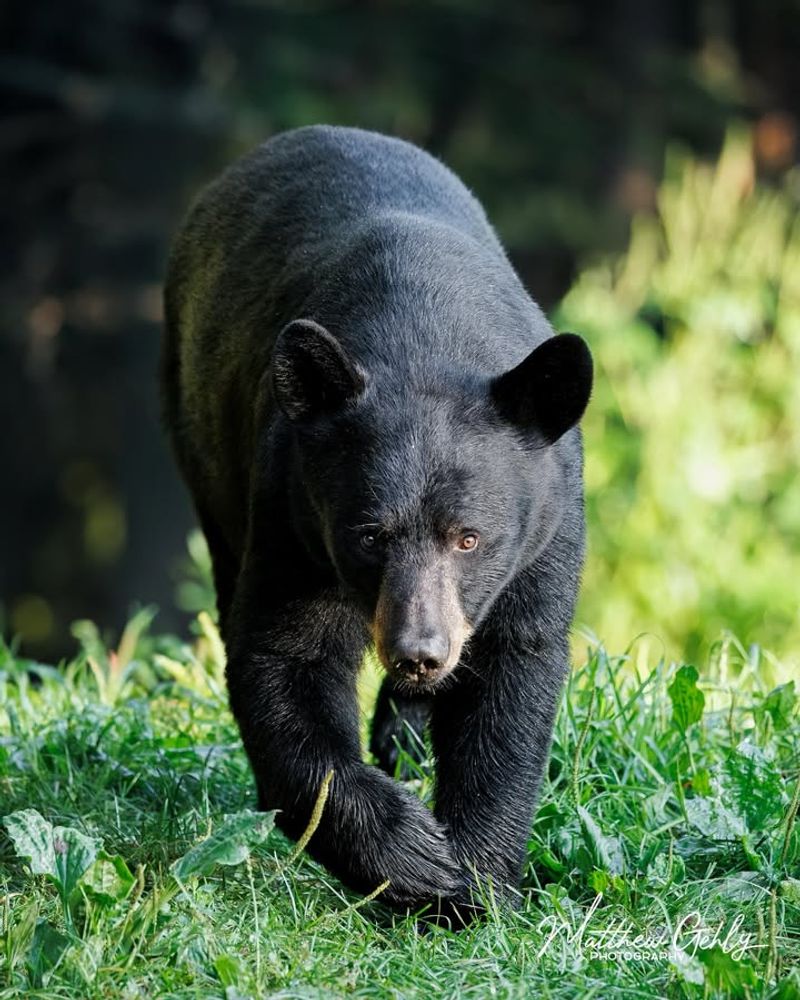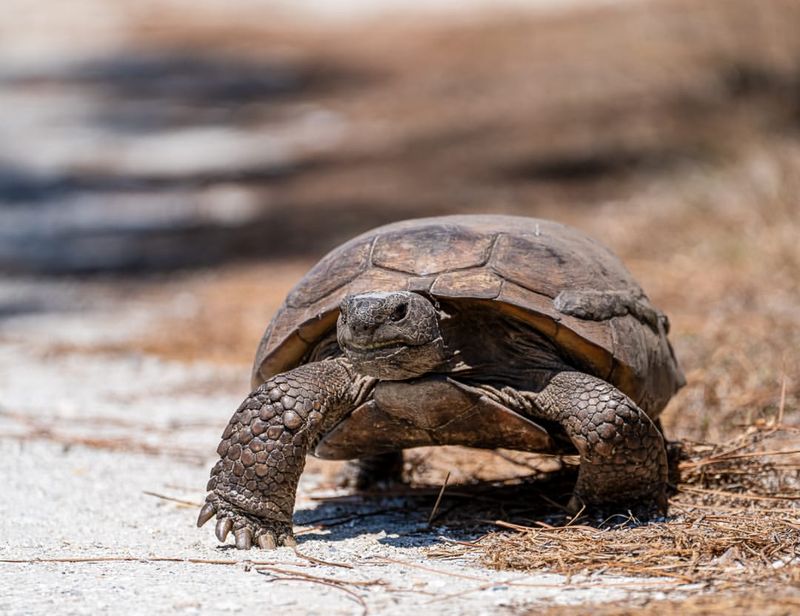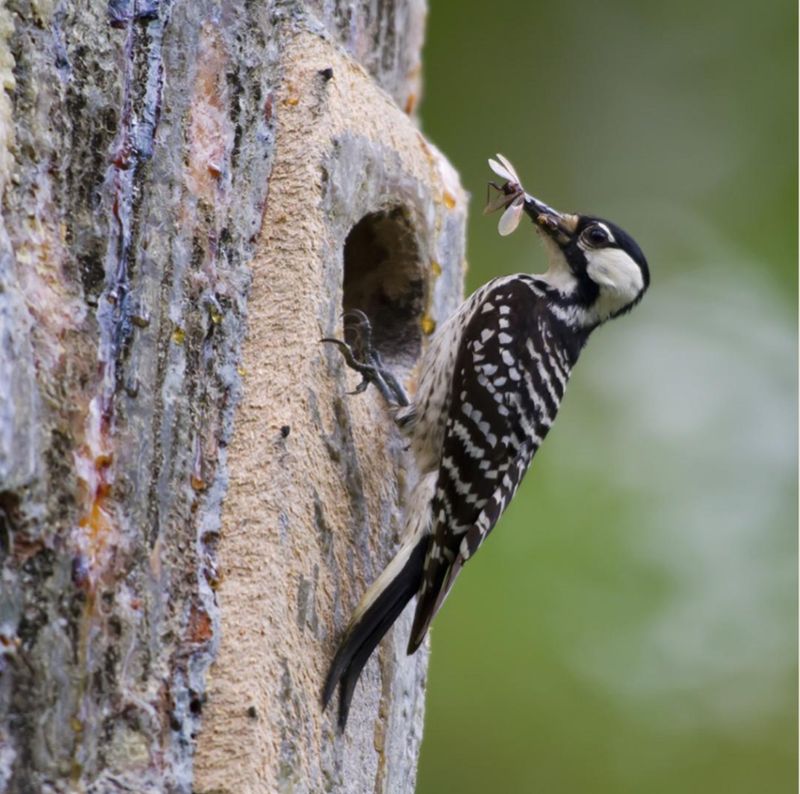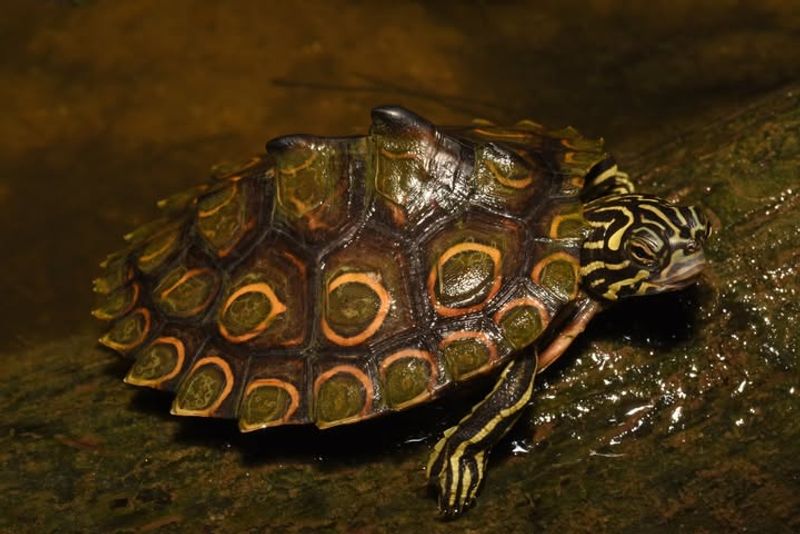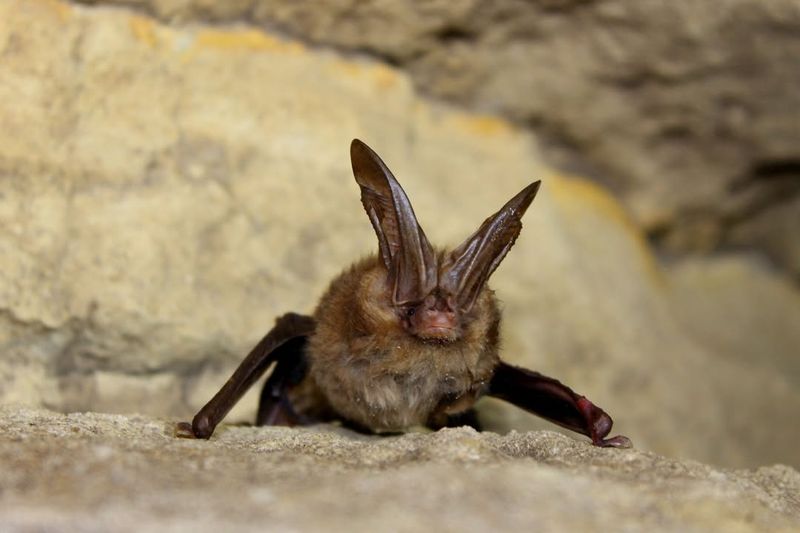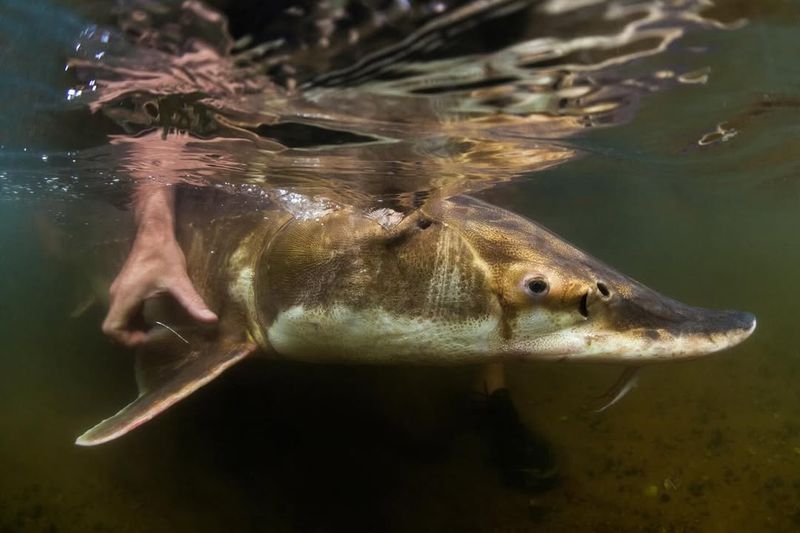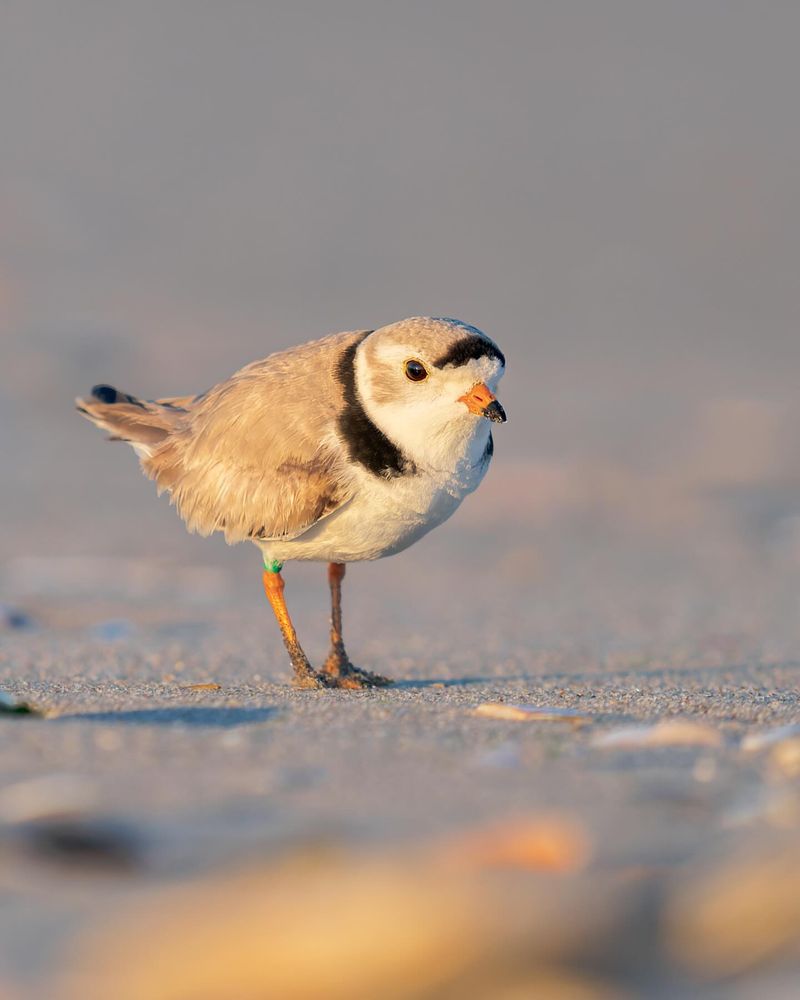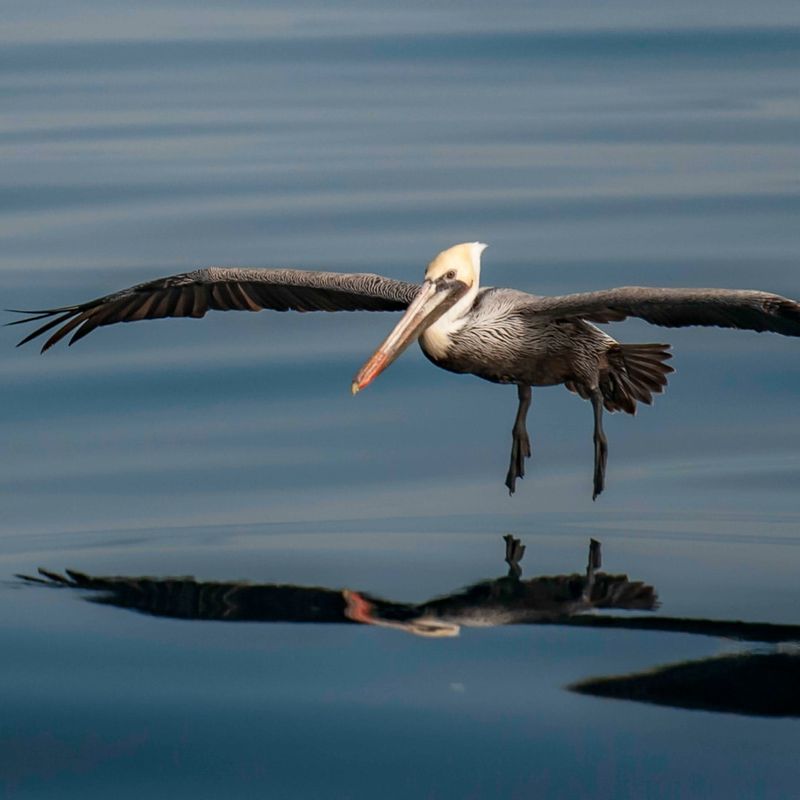Down in Louisiana, we share our land with just about everything that crawls, swims, or flies. But when those critters wander a little too close for comfort, it’s easy to forget that some of them are off-limits.
Moving or disturbing the wrong animal could land you in trouble faster than a gator in a gumbo pot. A little knowledge goes a long way toward keeping both your conscience—and your record—clean.
1. Bald Eagle
America’s national symbol soars through Louisiana skies, especially near large bodies of water where they hunt for fish. Federal and state laws provide powerful protection for these magnificent birds.
Bald eagles were removed from the endangered species list in 2007, but harming them remains illegal with severe penalties. Their nests can weigh up to 2,000 pounds and are often reused year after year.
Spotting one of these raptors is always thrilling for birdwatchers across the state.
2. Louisiana Black Bear
This special subspecies of black bear is found only in Louisiana and nearby areas. Habitat loss nearly wiped them out, but conservation programs have helped their numbers slowly recover.
Protected under both federal and state law, Louisiana black bears are off-limits to hunters and cannot be removed from their territories. Males can weigh up to 400 pounds and prefer bottomland hardwood forests.
If you encounter one, back away slowly and give it plenty of space to retreat.
3. Gopher Tortoise
With stumpy legs built for digging, gopher tortoises create underground burrows that provide shelter for over 350 other species. Louisiana considers them a protected species due to declining populations.
Their burrows can stretch 40 feet long and 10 feet deep, making them ecosystem engineers. Removing or harming these tortoises violates state wildlife laws and carries stiff fines.
Development and habitat destruction remain their biggest threats, so conservation efforts focus on preserving their sandy, well-drained habitats.
4. Red-Cockaded Woodpecker
Sporting tiny red streaks behind their eyes, these small woodpeckers depend entirely on old-growth pine forests for survival. They’re the only woodpecker species that excavates cavities in living pine trees.
Loss of longleaf pine forests pushed them onto the endangered species list, making their removal or harassment illegal. Family groups work together, with younger birds helping raise new chicks.
Conservation efforts focus on preserving and restoring mature pine forests where these unique birds can thrive.
5. Ringed Map Turtle
Circular yellow rings decorating their shells make these turtles easy to identify as they bask on logs in Louisiana rivers. They prefer clean, flowing water with plenty of underwater vegetation.
Protected by state law, ringed map turtles face threats from habitat degradation and illegal pet trade collection. Females grow larger than males and can reach eight inches in shell length.
Watching them from riverbanks is fine, but taking them home as pets violates wildlife protection laws and harms wild populations.
6. Rafinesque’s Big-Eared Bat
Enormous ears that curl when resting make Rafinesque’s big-eared bats unmistakable. Despite their somewhat comical appearance, these bats are excellent hunters, snatching moths right out of the air.
Louisiana protects these bats because their populations are declining due to habitat loss and disturbance of roosting sites. They prefer abandoned buildings, hollow trees, and caves for daytime rest.
Never disturb bat colonies, as stress can cause mothers to abandon their young or entire groups to leave critical habitat.
7. Gulf Sturgeon
Famous for their spectacular leaps out of the water, gulf sturgeon are anadromous fish that migrate between rivers and the Gulf of Mexico. They can weigh over 200 pounds and live 40 years.
Federal protection means catching, keeping, or harming gulf sturgeon is illegal throughout Louisiana waters. Unlike most fish, they don’t have teeth and vacuum food from river bottoms.
Boaters should watch for jumping sturgeon, as collisions can injure both fish and people during spawning season migrations.
8. Piping Plover
Tiny and quick, piping plovers scurry along Louisiana beaches searching for insects and small crustaceans. Their sandy-colored feathers provide perfect camouflage against beach backgrounds.
Beach development and human disturbance have made these shorebirds federally threatened, with strict protections during nesting season. Their eggs and chicks are especially vulnerable to predators and accidental trampling.
Beachgoers should respect posted nesting areas and keep dogs leashed to help these little birds successfully raise their young families.
9. Brown Pelican
Louisiana’s official state bird, brown pelicans are coastal icons known for their dramatic headfirst dives into water. DDT pesticide use nearly eliminated them, but they’ve made an inspiring recovery.
Though removed from the endangered list, brown pelicans remain protected under federal migratory bird laws. Their enormous throat pouches can hold three gallons of water and fish.
Fishermen should never offer pelicans bait or scraps, as this teaches dangerous behaviors and can injure birds with hooks or fishing line.

